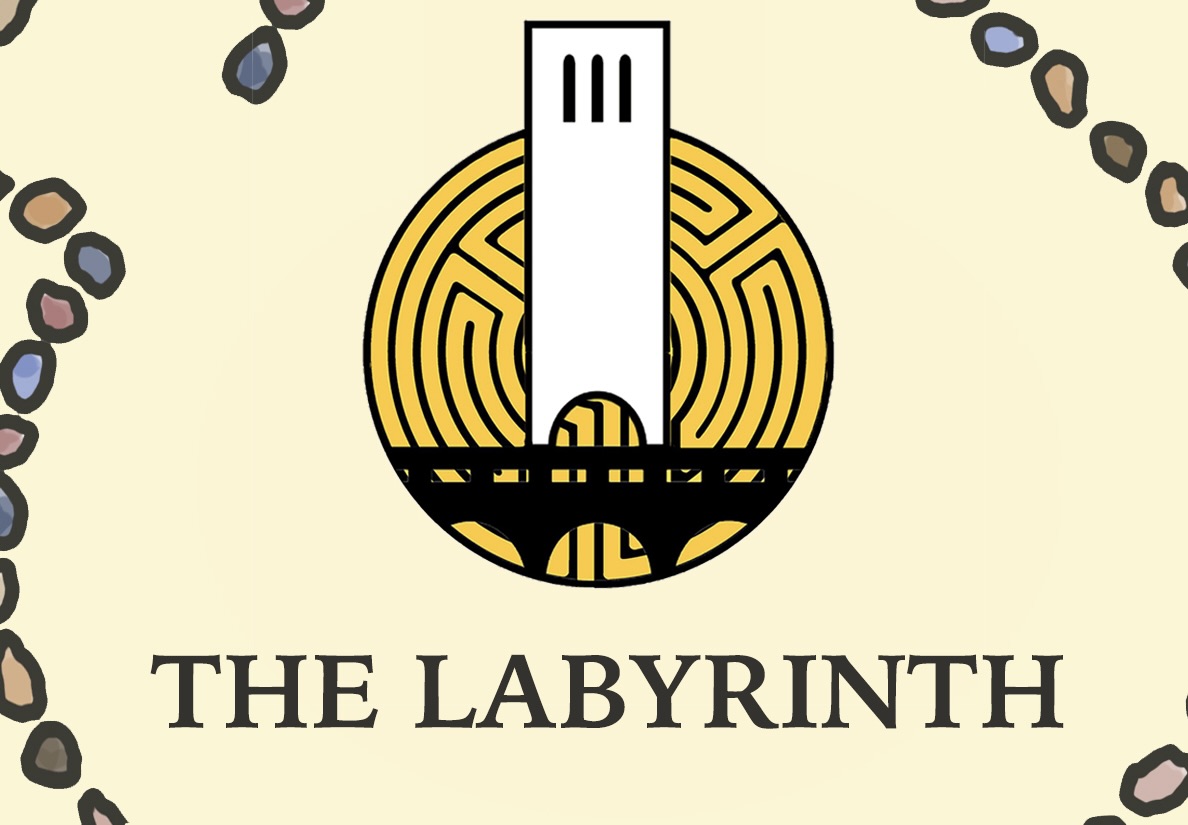Patrick Kulp
Staff Writer
UCSB assistant physics professor Ben Monreal is refuting claims of severe radiation from the meltdowns at Japan’s Fukushima Daiichi Nuclear Power Plant.
Because everyone obtains some level of radiation from food and the atmosphere, Monreal said radiation dangers are dependent on the intensity rather than the level of exposure. He concluded that there is a “flat-zero” chance of nuclear fallout affecting the United States’ West Coast, as Americans generally do not make contact with large concentrations of radioactive material.
Furthermore, Monreal says the Japanese will also survive unscathed by the radiation. Five sieverts — units used to measure radiation — per hour of radiation is lethal. However, Monreal said the majority of people in Japan are unlikely to be exposed to more than one-thousandth of a sievert.
“The risk of exposure to people outside of Japan is zero,” Monreal said. “Radiation is something that people don’t have a lot of experience with and, because of this, they are not very good at risk assessment.”
Monreal has lectured numerous times in the last month on the basics of radioactivity and the ramifications of the failed reactors in Fukushima. His discussions have included assessments of the damage in Japan in relation to Chernobyl and Three Mile Island, claiming that the circumstance in Japan are not as severe as the incident in Chernobyl due to the manner by which the reactors were damaged, the lack of communication and protection of the surrounding citizens and the consumption of contaminated food.
However, there are still environmental issues surrounding the Japanese nuclear plant meltdown. Chemical engineering professor Theo Theofanous said one dilemma is disposing the contaminated water used to cool the reactors without releasing it back into the ocean. The purging of this water into the sea would cause severe and complex environmental problems.
“There are many lessons to be learned from this accident,” Theofanous said. “Everybody should be aware of these extreme events. There is no free lunch in terms of nuclear power.”
Furthermore, because the news of the meltdown was initially translated from Japanese, Theofanous said information was jumbled and difficult for foreign scientists to translate.
“The power company and the regulatory agency were very unprepared for the situation,” Theofanous said. “The power outage made it so that they were not able to provide a good and reliable plan for the situation.”
Monreal said he hopes the incident does not discourage people from supporting further nuclear technology development. Although certain risks are associated with nuclear power, he said preventative measures are available to avoid these dangers.
















if “five sieverts per hour of radiation is lethal,” what does that say about the 100 sieverts per hour of radiation found by greenpeace in a rural area outside of fukushima? http://tinyurl.com/4pgxspq
That article says 100 MICROsieverts. 1 microsievert is equal to 1 millionth of a sievert. According to Wiki: Where Sv= Seivert Frequently used SI multiples are the millisievert (1 mSv = 10−3 Sv = 0.001 Sv) and microsievert (1 μSv = 10−6 Sv = 0.000001 Sv). Equivalent dose is measured in the United States in rem[3]: 1 rem = 0.01 Sv = 10 mSv 1 mrem = 0.00001 Sv = 0.01 mSv = 10 μSv 1 Sv = 100 rem = 100,000 mrem (or millirem) 1 mSv = 100 mrem = 0.1 rem 1 μSv = 0.1 mrem Hope this… Read more »
HR, the article you link to uses the number 100 microseiverts, not 100 seiverts. I don’t recall the conversion, though, so I’d still be concerned about the level even as microseiverts. What I find most concerning is the asst prof condescending tone toward those of us all over the world who are very worried about this-I feel belittled, patronised, and condescended to by the tone he takes. I live in the UK, just here in the US on holiday. Fallout has been found near my Scottish home, and I am NOT happy about it. Please, Asst Prof, shill for the… Read more »
The French radiation protection authority, Institut de Radioprotection et de Sûreté Nucléaire (IRSN), estimated that as of March 22, the Fukushima Daiichi reactors had released about 10% of the amount of iodine-131 as Chernobyl had.
The Austrian Central Institute for Meteorology and Geodynamics, Zentralanstalt für Meteorologie und Geodynamik (ZAMG), estimated that amount to be 20% of Chernobyl.
Prof. Monreal, our new Dr. Strangelove (“How I learned to stop worrying and love the bomb leaky nuclear power plants”).
(“the bomb” above was meant to appear with a line through it, apparently the nexus website stripped out the striketrhough tag.)
@Sunnie, you should feel condescended to, he’s an expert on the matter and you aren’t. He knows more than you. Accept it.
Yeah, big woo, the so-called experts have two consistent habits. !-they shill, and 2-they lie to keep their pay-cheques coming.
But hey, TS, my husband says the same thing you do, so that should make you feel all smug and safe as you buy into the meme. (insert eye roll here)
There also were plenty of nuclear “experts” in Japan maintaining that Fukushima was perfectly safe, nothing to worry about.
Before the tsunami, that is.
Once again people are ignoring the issue of internal exposure–ingestion of radioactive substances.
This guy is an idiot, with all due respect. How does he even qualify as a “professor”. Wonder what his thoughts are two years later. Wildlife die off.. levels of radiation found all over the western coast.. thyroid abnormalities in infants. It’s guys like this that should go work for the Nuclear Industry and get out of misinforming students.